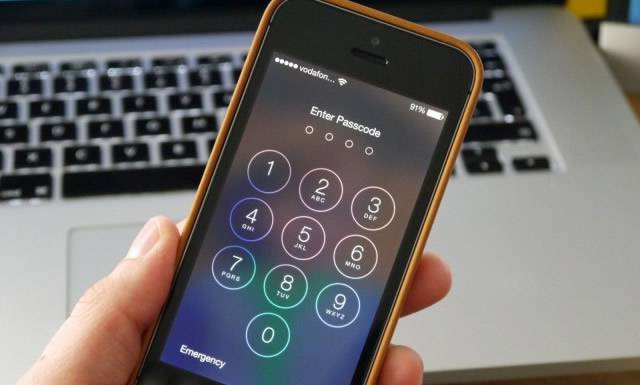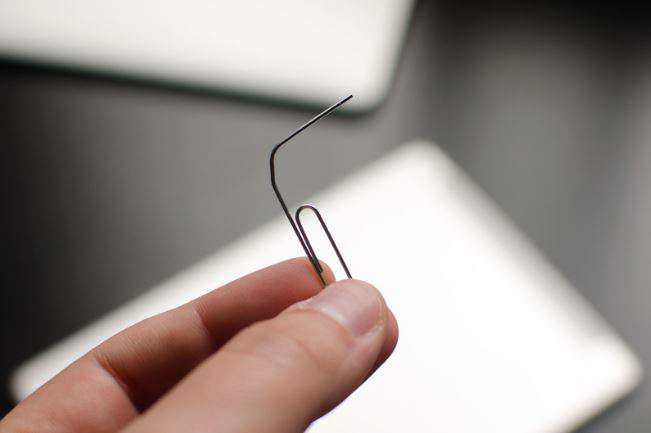Recovery mode is a feature provided in iOS 8 as well as for iOS 7 to help you resolve troubles with your iDevices. Basically, when something goes wrong with your iPhone, you can use the recovery mode to get it working. Many users who use iDevices on a daily basis should know how to use the recovery mode as it helps you to solve many of your problems while using iPhones.
When to Use Recovery Mode in iPhones?
The requirement for recovery mode might vary depending upon the different problems one is facing while using the iPhone. Few of those reasons are given below in points:
- The iPhone recovery mode is required when you are upgrading from beta version of iOS and bugs are encountered while upgrading.
- When you are trying to update your iOS and your phone gets stuck in a perpetuating restart loop. It can happen if anything goes wrong with your updating process or your phone battery is extremely low during the installation of operating system.
- When you want to restore your device from backup or set up the device as new as per your wish.
- Recovery mode is also required during troubleshooting the iDevice or jailbreak purposes.
The following article would demonstrate you the ways to first enter and then to exit the recovery mode.
Keep reading to know more about it.
Part1.How to Enter the Recovery Mode in iOS
Before you begin with this method, make sure your iTunes is up to date on your laptop, PC or Mac or else it may create problems in during exiting from the recovery mode.
Step 1.Connect your USB cable to the computer, but do not plug it into your iDevice that is iPhone or iPad.
Step 2.Press and hold the “Sleep/ Wake button” till the red bar appears, swipe to the right to turn off your phone.

Step 3.Once the iDevice is turned off, now connect the other end of the USB cable to the iPhone or iPad and continue to hold the home button.
Step 4.Within a moment you would see an Apple logo appear and the graphic will change indicating the recovery mode graphic.

Step 5.Now you can release the “Home” button as your iDevice has now entered recovery mode. iTunes should be displaying a message as follows:

Part 2: How to Exit iPhone Recovery Mode Manually:
After you have updated your iOS you can now exit the recovery mode for the good, but make sure the USB cable is connected to your iPhone and the computer running iTunes.
Continue reading to know how to exit the recovery mode:
Step 1.Hold the Home button and the Power button together till the Apple logo appears.
Step 2.It might take a moment so don’t let go until the logo appears..
Step 3.Eventually the Recovery graphic would disappear and the black screen would appear for a while.
Step 4.Keep holding the button until the white Apple logo appears.
Step 5.Keep the USB cable connected until the device boots up and displays the lock screen.
Lo! You are out of the recovery mode.
Part 3. Exit iPhone Recovery Mode Using TinyUmbrella:
TinyUmbrella is an open source tool which helps to get your iPhone out of the recovery mode. Many a times, irrespective of following the usual procedure for exiting recovery mode, the iDevice still persists the recovery mode. The problems may arise due to known or unknown reasons. One of the reasons can be the disconnection of USB cable during holding the buttons together.
But even if the USB cable remains connected while holding the buttons together, the problem could be serious.
Keep reading to know how to use the TinyUmbrella tool to exit iPhone recovery mode:
Step 1.Before beginning the process; download the TinyUmbrella tool which is available for both Mac & Windows.
Step 2.Once the TinyUmbrella is downloaded on your computer; connect the iPhone to your computer via USB cable while it is still stuck in the recovery mode.
Step 3.After this, launch TinyUmbrellai tool and wait for a while until it recognizes your iPhone on its main interface window.
Step 4.Surprisingly once your iDevice is detected, it would automatically notify you that your phone is in recovery mode.
Step 5.Once the notification pops up, click on the “Exit Recovery” button, and your iPhone come out of the recovery mode instantaneously.

Step 6.After your iPhone exits the recovery mode, it would boot up and the usual lock screen would appear depicting that the procedure has been successful.
Conclusion:
iOS is equipped with many fantastic features to resolve issues, repair operating systems, restoring device backup and many more. Upgrading iOS using recovery mode is one such feature which enables users to update system operating system and restore system files.
Recovery mode in iOS devices has many applications but at the same time it creates a mess if your iDevice gets stuck in that mode permanently.
In case your iPhone gets stuck in that mode permanently and you are unable to exit the mode, check the USB connection and start the procedure over. In case the problem still persists, you better shift to the 3rd method.



